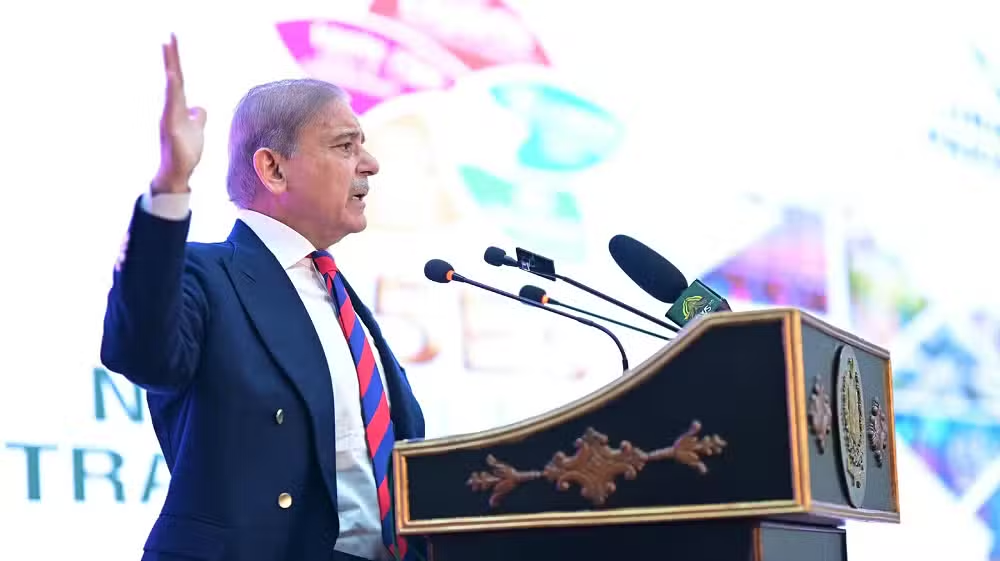Prime Minister Muhammad Shehbaz Sharif on Tuesday unveiled ‘Uraan Pakistan’, a comprehensive five-year National Economic Plan (2024-29) aimed at steering Pakistan toward sustainable economic growth and achieving a trillion-dollar economy by 2035. The plan was launched at a ceremony in Islamabad, where the premier emphasized the importance of macroeconomic stability and export-led growth to strengthen the country’s economy.
Addressing the event, the prime minister highlighted the need to reduce input costs, such as electricity and gas, to ensure sustainable growth. He stressed the importance of making local industries more competitive to save foreign exchange and boost exports. The government, he said, has set an ambitious annual investment target of $10 billion and is working to create an enabling environment to attract both local and foreign investments.
Key Pillars of Uraan Pakistan
Finance Minister Senator Muhammad Aurangzeb, speaking at the ceremony, outlined the three main pillars of the plan: stimulating the private sector, boosting exports, and optimizing public debt. He said the government aims to achieve 6% annual GDP growth by 2028 and increase the tax-to-GDP ratio to 13.5% through comprehensive tax reforms.
The minister emphasized the transformation of the Federal Board of Revenue (FBR) and the separation of tax policy from tax collection as key priorities. He also highlighted the importance of policy continuity, productivity enhancement, and exploring new markets to diversify exports and stabilize the exchange rate.
“Export-led growth and the private sector’s pivotal role in driving the economy are at the heart of this five-year plan,” Aurangzeb said.
Opportunities for Economic Transformation
Planning Minister Ahsan Iqbal described the Special Investment Facilitation Council (SIFC) and the CPEC-5Cs (Corridors) framework as two “golden opportunities” for Pakistan to implement its 5Es framework—Exports, Equity and Empowerment, E-Pakistan, Environment & Climate Change, and Energy and Infrastructure.
Iqbal revealed that the SIFC is expected to attract $29 billion in investments from friendly countries, including the UAE, Saudi Arabia, Qatar, Azerbaijan, and Kuwait. Meanwhile, the second phase of the China-Pakistan Economic Corridor (CPEC) will focus on five key corridors: Growth, Livelihood Enhancement, Innovation, Green, and Opening-Up Corridors.
Addressing Economic Challenges
The planning minister acknowledged the deep-rooted challenges facing Pakistan’s economy, including declining growth, poor export performance, political instability, fiscal and current account deficits, and a fractured socio-economic platform. He also pointed to the need for addressing climate change vulnerabilities, inefficiencies in the energy sector, and widening social disparities.
Iqbal stressed the importance of human resource development, noting that Pakistan lags behind other South Asian countries in economic indicators, digital transformation, and human capital development. He called for a transformative strategy grounded in the 5Es framework to unlock Pakistan’s full economic potential.
Vision for the Future
The government envisions Pakistan becoming a one trillion-dollar economy by 2035 and a three trillion-dollar economy by 2047. To achieve this, the plan focuses on increasing tax revenues, boosting exports, and fostering self-reliance.
“Without developing human resources, no country can progress,” Iqbal said, adding that the government is committed to addressing the structural challenges holding back Pakistan’s economic growth.










